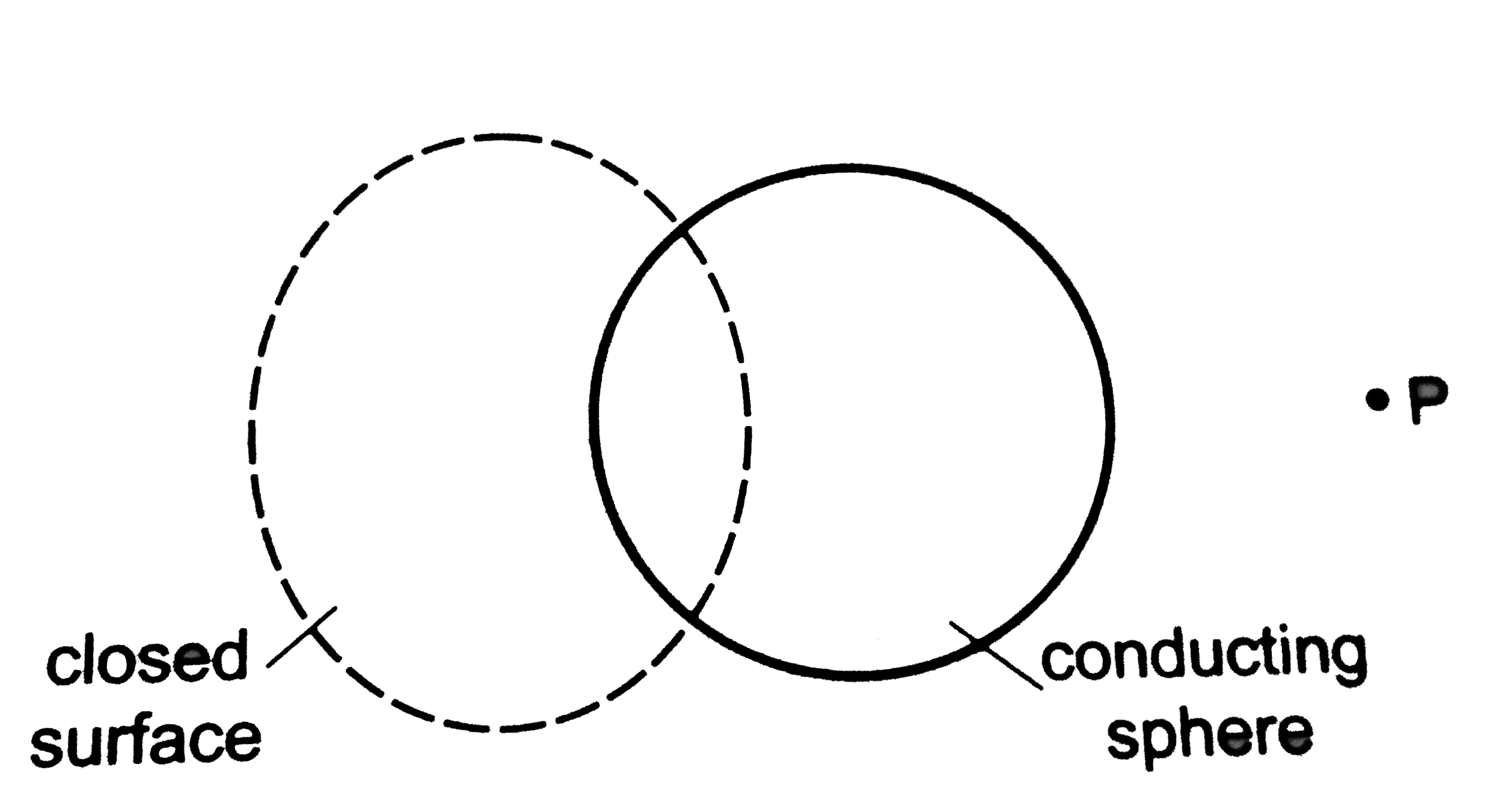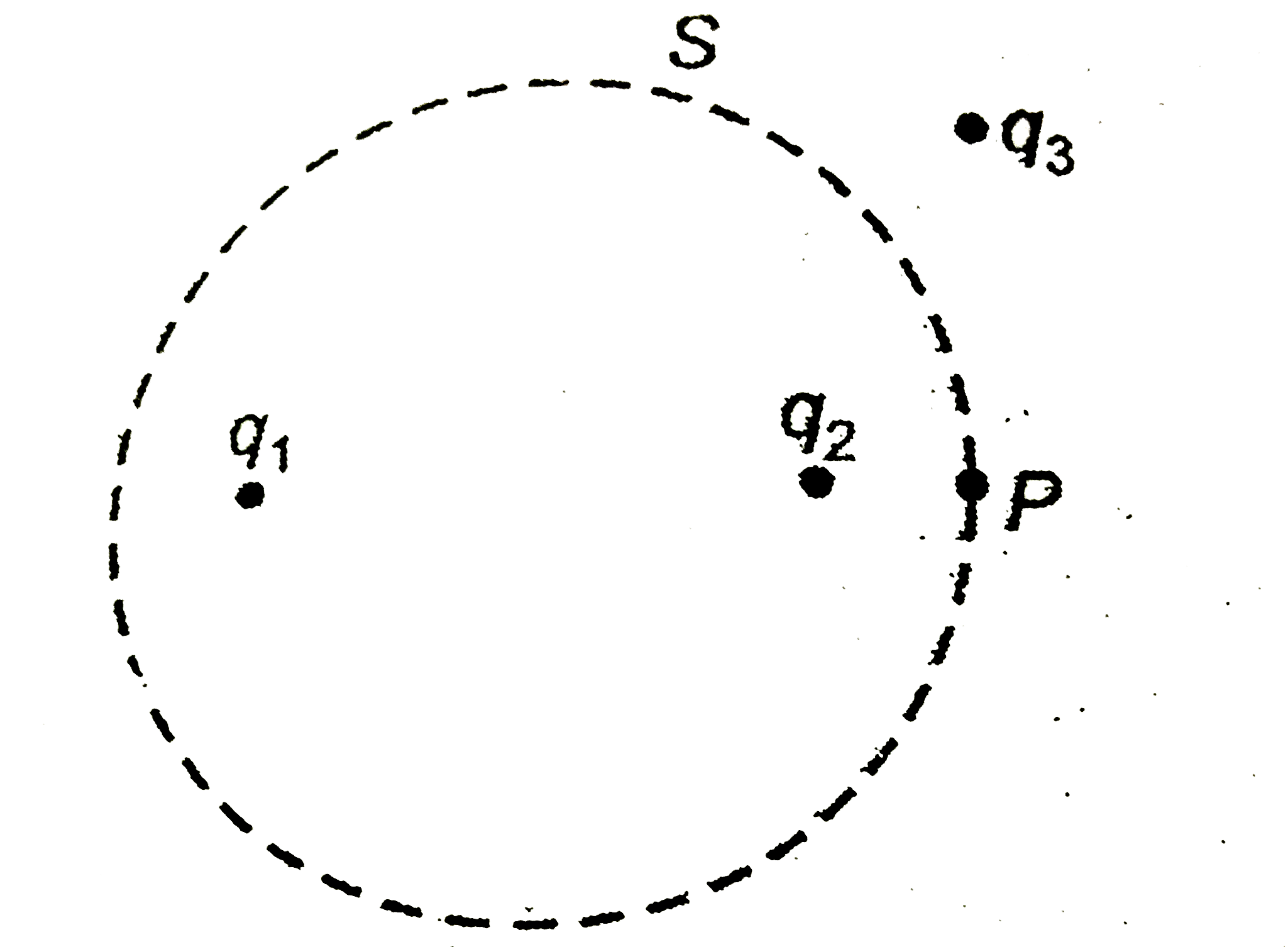In figure a close surface encloses two of the four positively charged particles. Which of the particles contribute to the elctric field at point P on the surface:
Step by step video & image solution for In figure a close surface encloses two of the four positively charged particles. Which of the particles contribute to the elctric field at point P on the surface: by Physics experts to help you in doubts & scoring excellent marks in Class 11 exams.
Similar Questions
Knowledge Check
- Question 1 - Select One
Gauss's law and Coulomb's law , although expressed in different forms , are equivalent ways of describing the relation between charge and electric field in static conditions . Gauss's law is ε0ϕ=qencl,when q(encl) is the net charge inside an imaginary closed surface called Gaussian surface. The two equations hold only when the net charge is in vaccum or air .
A Gaussian surface encloses two of the four positively charged particles. The particles that contribute to the electric field at a point P on the surface are
 Aq1 and q2Bq2 and q3Cq4 and q3Dq1,q2,q3 and q4
Aq1 and q2Bq2 and q3Cq4 and q3Dq1,q2,q3 and q4 - Question 2 - Select One
Which of the following are positively charged particles?
Aα-raysBβ-raysCγ-raysDnone of these - Question 3 - Select One
Figure shown a closed surfce which intersects a conducting sphere. If a positive charge is placed at the point P, the flux of the electric field through the closed surface
 Awill remain zeroBwill become positiveCwill become negativeDwill become undefined.
Awill remain zeroBwill become positiveCwill become negativeDwill become undefined.
The charged particle in an atom that contributes positive charge is 'electron'.
View SolutionAs shown in figure a closed surface intersects a spherical conductor. If a negative charge is placed at point P. What is the nature of the electric flux coming out of the closed surface?
 View Solution
View SolutionA conducting sphere S1 intersects a closed surface S2 as shown in the figure.A positive charge q is placed at a point P .What is the value of electric flux through the surface S2 ? q P
View SolutionConsider the Gaussian surface that surrounds parts of the charge distribution shown in figure. Then the contribution to the electric field at point P arises from charges
 View Solution
View SolutionThree point charges are placed as shown in the figure. S is a gaussian surface ϕ is the net flux passing through surface A and E be the electric field at point P on the surface, then
 View Solution
View Solution
